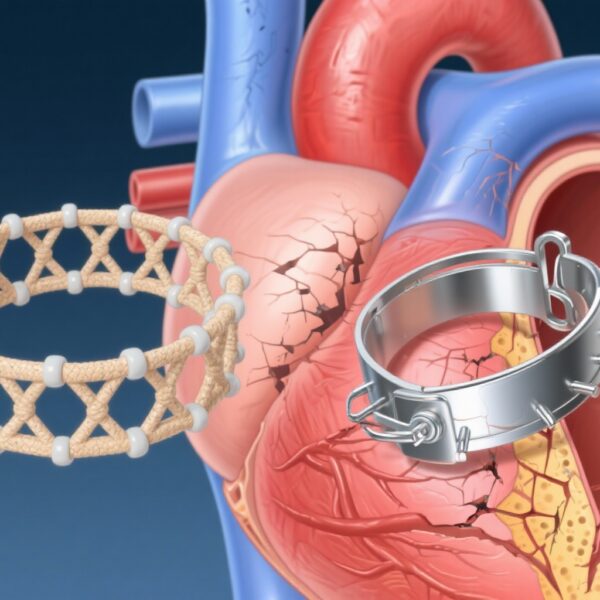Introduction and Background
Immune thrombocytopenia (ITP) is an autoimmune disorder characterized by decreased platelet counts due to increased destruction and impaired production, leading to an increased risk of bleeding. While often self-limiting, children with moderate to severe thrombocytopenia or bleeding symptoms require prompt treatment to prevent hemorrhagic complications. Standard first-line therapies typically include glucocorticoids and intravenous immunoglobulin (IVIG), which aim to modulate immune responses and increase platelet counts. However, a subset of patients either relapse or do not achieve durable remission.
Eltrombopag, a small-molecule thrombopoietin (TPO) receptor agonist, mimics endogenous TPO to stimulate platelet production. Already approved by the US Food and Drug Administration for chronic pediatric ITP, its role in newly diagnosed cases remains unestablished. Addressing this gap, the recent PINES trial investigated whether early use of eltrombopag could enhance treatment outcomes in children with newly diagnosed ITP requiring pharmacological intervention.
Study Design and Population
This phase 3, randomized clinical trial was conducted across 23 centers participating in the Pediatric ITP Consortium of North America. Eligible participants included children aged 1 to less than 18 years with newly diagnosed primary ITP (platelet count <30 × 10^9/L) who required medical treatment but did not present with severe bleeding or urgent need for rapid platelet elevation. Enrollment spanned from May 7, 2019, to January 25, 2024, with follow-up concluding on February 26, 2025.
Participants were randomized in a 2:1 ratio to receive either oral eltrombopag based on a standardized dosing regimen, or standard therapy, which was investigator’s choice among glucocorticoids, IVIG, or anti-D immunoglobulin. The primary endpoint was a sustained platelet response across weeks 6 to 12, defined as having three or more of four platelet counts exceeding 50 × 10^9/L without rescue therapy.
Key Findings and Results
A total of 118 pediatric patients were enrolled, with a median age of 8 years and nearly equal gender distribution. Notably, 63% experienced initial treatment failure after presentation or observation. The study was halted early after an interim analysis demonstrated clear superiority of eltrombopag for the primary endpoint.
In the efficacy cohort, 65% (46 of 71) of children treated with eltrombopag achieved a sustained platelet response versus 35% (13 of 37) in the standard therapy group. The absolute difference of 30% (95% confidence interval, 11% to 49%) was statistically significant (P = .002), crossing the predetermined threshold for efficacy. Importantly, the analyses showed no significant difference in adverse events, with the safety profile comparable between groups.
Secondary outcomes included bleeding scores and health-related quality of life, which did not differ significantly, suggesting that early eltrombopag administration primarily impacted platelet response rather than bleeding symptoms or patient-reported outcomes.
Expert Commentary
The PINES trial introduces compelling evidence supporting the early use of eltrombopag in pediatric patients with newly diagnosed ITP requiring treatment. Traditionally, immune modulation has been the mainstay of initial therapy, but these findings suggest that directly stimulating platelet production from the onset could improve hematologic outcomes.
While the safety profile appears reassuring, long-term data are needed to ascertain the impact of early TPO receptor stimulation on immune regulation and durability of remission. Some concern exists regarding potential risks, such as thrombosis or clonal hematopoiesis, although no increase in adverse events was observed in this study.
Limitations include the relatively short follow-up period and the need to evaluate whether early platelet response translates into fewer bleeding complications or reduced need for additional treatments. Nonetheless, this approach could redefine treatment paradigms if corroborated by further research.
Conclusions and Future Directions
Overall, the PINES trial indicates that eltrombopag significantly enhances sustained platelet response in children with newly diagnosed ITP who need pharmacological treatment. These results suggest that early TPO receptor agonist therapy could be integrated into initial management strategies, pending further studies on long-term safety and clinical outcomes.
Future research should focus on optimizing dosing, evaluating long-term remission rates, and comparing early eltrombopag intervention with conventional immune therapies to establish the best approach for pediatric ITP management.
Funding and trial registration details are available on ClinicalTrials.gov (NCT03939637). Continued investigation into biologically targeted treatments like eltrombopag promises to improve the quality of care and outcomes for pediatric patients facing this challenging disorder.



